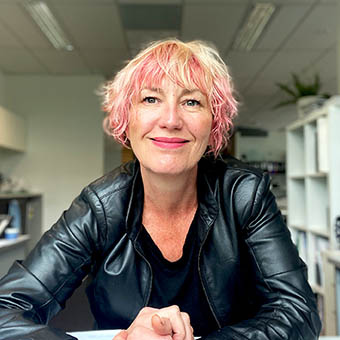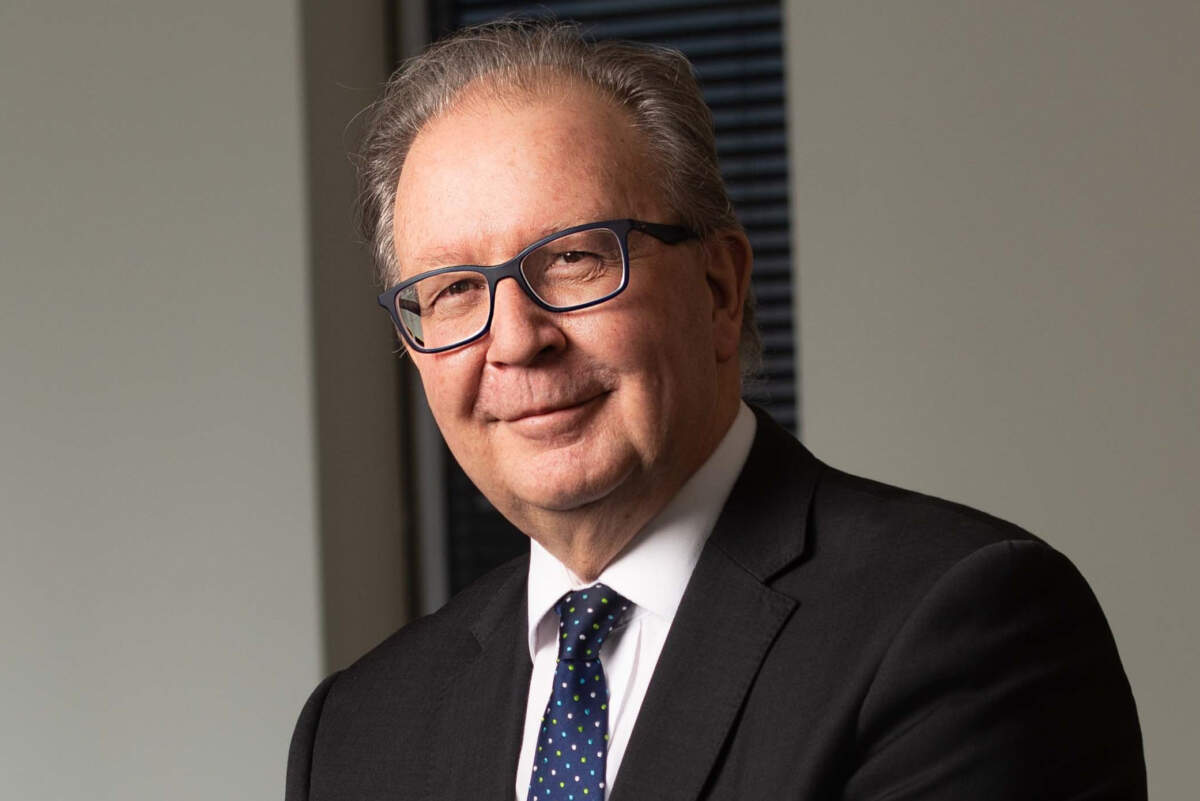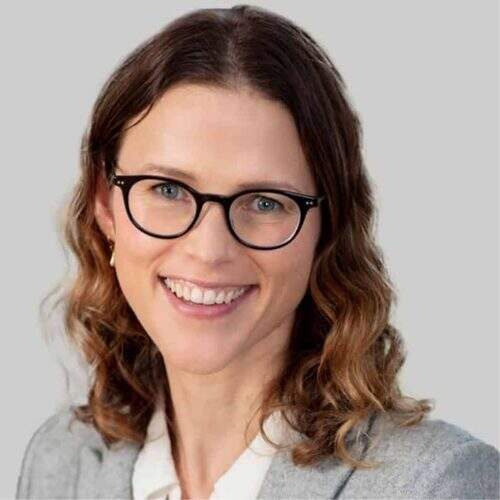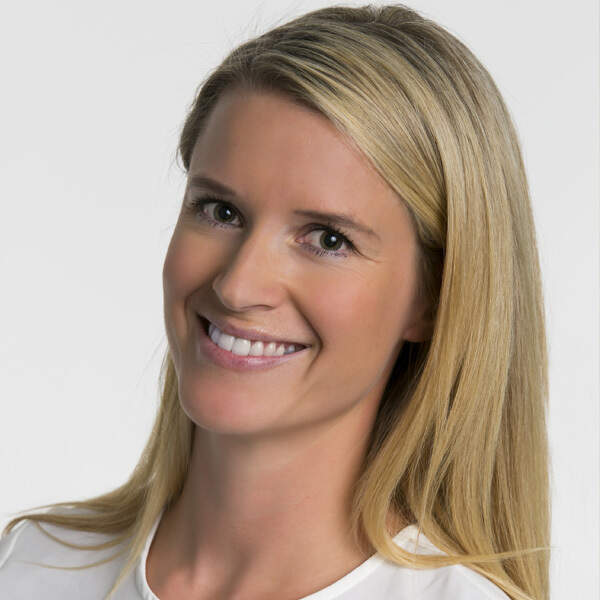26 May 2022
Transport Sustainability: Decarbonising and Electrifying

Stacey Ryan (Moderator)
Transportation is the third-largest source of greenhouse gas (GHG) emissions with the highest growth rate. In 2019 approximately 15% of total net anthropogenic GHG emissions came from transport.
Last month in Melbourne, the ITS Australia community came together at the association's first conference of the year, Roads, Tolling and Technology 2022. This event has long been the industry insider conference for tolling technology, a mature industry with an increasingly expanding range of interests and issues.
First amongst these priorities for 2022 are data, sustainable and equitable transport, and the changing economics of road access. The two-day program included presentations and panel discussions working to address these complex challenges and make the most of the potential opportunities technology offers to solve them. The event also saw compelling discussions about the role technology can play in delivering and supporting sustainable transport – electric, active and shared.
We saw many big ideas and bold claims during one of the conference's major highlights, a panel discussion facilitated by Silje Troseth, Vice President APAC & General Manager of Q-Free Australia. In this session titled The Road to Decarbonisation in Australia, hosted by Q-Free, an insightful panel of experts considered the pathway to an entirely electric future. Panellist Peter Griffin, Director Innovation and Strategic Engagement at the Federal Chamber of Automotive Industries (FCAI), commented, "It is going to happen. It's inevitable. We're on the road now, but it's going to take some time."
Transurban is working on a sustainable driving program and is continuing to plan, design and operate road assets in ways that reduce emissions. Matt Brennan, Head of Sustainability at Transurban, explored some of the steps that the organisation is taking to reduce emissions today, including reducing the gradients in and out of tunnels or on roads, focussing on the smoothness of pavements, and doing everything possible to avoid congestion.
Dr Ingrid Burford, Senior Associate Transport and Cities at the Grattan Institute, highlighted that light vehicles represent about 60% of carbon emissions in the transport sector. That is where her mitigation policy strategies are focused. She highlighted a carbon ceiling, sometimes called an emission standard, as perhaps the best tool for delivering on the Net Zero 2050 target, commenting, "It's a policy measure that is very familiar to manufacturers; it's used across about 90% of the International light vehicle markets in the world."
You can listen to the panel discussion below:
Panellists

Matthew Brennan
Head of Sustainability / Transurban
Matthew is passionate about advancing sustainability in infrastructure and, in particular, encouraging the sector to embrace and bring the UN Sustainable Development Goals to life. With over 25 years’ experience across the public, private and not-for-profit sectors in the infrastructure and real-estate areas, he heads up sustainability at Transurban, an ASX top 15 company that manages and develops urban toll road networks in Australia and North America.


Peter Griffin
Director Innovation and Strategic Engagement / Federal Chamber of Automotive Industries
Peter has a background in policy, regulation, corporate services and public affairs engaging with Federal, State and territory Governments and the corporate sector. He joined the FCAI in January 2021. From 2002 to 2014 he was with Toyota Australia where his roles included oversight of corporate and government affairs, environmental policy and corporate strategy. In this role, he was deeply engaged in matters concerning the manufacturing operation including the introduction of hybrid vehicle manufacturing in 2008 and new engine plant in 2012.
He also worked on industry matters in association with the FCAI. After leaving Toyota, Peter held senior corporate services roles as a Deputy Director General in the Queensland Government in areas including environment and national parks and head of the corporate services agency serving Queensland Police Service, Queensland Fire and Emergency Services and Queensland Ambulance Service.
Other sectors Peter has contributed to include banking, mining and smelting and information technology.


Ross De Rango
Head of Energy and Infrastructure / Electric Vehicle Council
Ross De Rango is the Electric Vehicle Council’s Head of Energy and Infrastructure. Based in Melbourne, he qualified as a robotics engineer in 2006 and spent some time teaching engineering at Deakin University prior to spending 13 years working in the electrical industry, during the last 5 of which he’s been focussed primarily on EVs. Ross sits on EM-001 and EL-054 Standards Australia committees, and gets involved in working groups wherever the standards, codes and regulations relating to the electrical infrastructure supporting EVs in Australia are being considered. Ross has owned a 2014 Outlander PHEV for the last few years and has taken it all over country Victoria and NSW on family holidays – his next vehicle is yet to be determined, but will certainly be electric!


Ingrid Burfurd
Senior Associate, Transport and Cities / Grattan Institute
Ingrid Burfurd is a Senior Associate in Grattan Institute’s Cities and Transport Program. Ingrid has a background in public policy and academic research, with experience in environmental, transport, and procurement policy. Her expertise is in designing markets for public goods. Ingrid previously worked as a Senior Economist in the Victorian Public Service. She served as a Senior Expert Advisor on the UNFCCC’s High-Level Panel reviewing the Clean Development Mechanism, and as an academic she lectured first- and second-year microeconomics.
Ingrid has a PhD in Economics and an honours degree in Arts and Commerce (Economics), both from the University of Melbourne. Her research has been published in highly-ranked journals including Experimental Economics and the Journal of Environmental Economics and Management.


Silje Troseth
President ITS Australia / Vice President APAC & General Manager Australia / Q-Free Australia
Silje Troeth was elected President of the ITS Australia Board of Directors in November 2023.
Silje has been working in the ITS industry for 15 years both with the private sector and the public sector within project management, project delivery, sales and marketing. Silje has been with Q-Free Australia since 2004 and has held various positions within the company in Norway, Australia and the Asia Pacific region, most recently as General Manager and Senior Vice President for AMPEA (Asia Pacific Middle East and Africa).
Silje has been a director of ITS Australia since 2018, and in addition to serving as President, Silje also serves as Chair of the Marketing & Communications Committee, and sits on the Membership Committee. Silje holds a Bachelor degree from the University of Western Sydney and a Master’s degree from the University of Technology Sydney.

Case Studies
Emissions modelling
NEVFMA stands for the 'Network Emissions and Vehicle Flow Management Adjustment' and the project is led by Aimsun, working with EarthSense, Siemens Mobility and Oxfordshire County Council for Highways England.
The model predicts not only traffic but also emissions, with a real-time, traffic-linked pollution dispersion model. The simulation of predicted NO2 pollution levels from EarthSense's MappAir dispersion model integrated with Aimsun Live allows real time proactive and reactive traffic management to tackle emissions and congestion.
Camera-based emissions tracking
It's well evidenced that traffic pollution causes health issues and damages the environment this can have particularly outsized effect in urban environments – both due to high traffic and more congestion intersections and networks increasing emissions and particulates. Specific areas where targeted action is taken to improve air quality are called Clean Air Zones.
Kapsch TrafficCom are utilising camera-based technologies to both mitigate these impacts and provide network managers tools to manage emissions through a range of interventions. These include:
- Advanced sensors, permanent and mobile video cameras
- Optimal automatic number plate recognition capabilities
- Ability to classify the vehicles to determine their emissions levels
- Charging and enforcing capabilities
Emissions targets
Informed by and delivering on relevant United Nations Sustainable Development Goals (SDGs) Transurban have committed to a decarbonisation program across their managed motorways in Australia and internationally. Targeting a 50% reduction in emissions by 2030 through two initiatives – scope 1 and scope 2. Scope 1 being contractor fuel efficiency and switching to ZEV and scope 2 comprising renewable energy initiatives and optimising ventilation as well as lighting upgrades and the generation of renewable energy. Their Scope 3 reduction targets include reducing emissions intensity for major projects by 2030 through low carbon materials and renewable energy.
ITS Australia is committed to exploring ways technology can reduce the impacts of GHG emissions and address other environmental challenges we are facing – recognising that transport is a key contributor yet can play a powerful role in makes changes for the better -- working with our members to advocate for a transport future that is safe and sustainable.